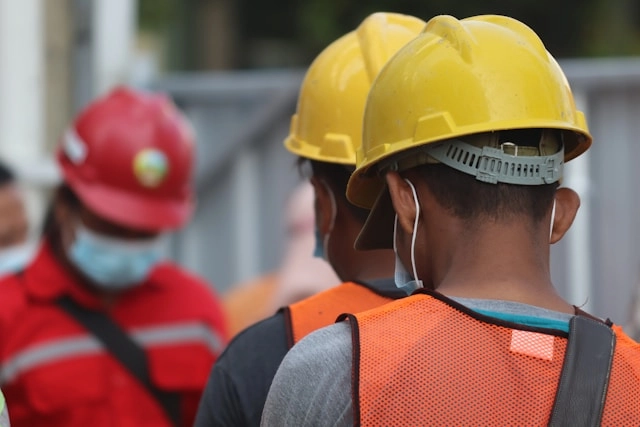Measures to Prevent Workplace Accidents
The construction sector is one of the most high-risk industries, involving heavy machinery, working at heights, and physically demanding tasks. A large percentage of workplace accidents result from negligence, lack of training, and inadequate safety measures. However, with the right precautions, these accidents can be prevented. So, what should be considered to ensure safety on construction sites?
Training and Awareness
Raising awareness about workplace safety is crucial. Regular training sessions are one of the best ways to instill this awareness. Every new worker should undergo an orientation process, learning the site rules and safety guidelines, especially for high-risk areas. Additionally, periodic training sessions should be held to refresh workers' knowledge and keep them informed about potential hazards.
Key Safety Topics for Workers:
- Workplace safety procedures and emergency response plans
- Proper use of personal protective equipment (PPE)
- Safe operation of machinery and tools
- Rules for working at heights and scaffolding safety
Use of Personal Protective Equipment (PPE)
Proper protective gear is essential for everyone on site. Helmets, safety harnesses, steel-toe boots, and protective eyewear should be mandatory. These protective items play a critical role in minimizing the impact of accidents and ensuring workers’ safety.
Essential PPE for Construction Sites:
- Helmet: Prevents head injuries.
- Safety harness: Reduces the risk of falling from heights.
- Steel-toe boots: Protect against heavy objects falling on feet.
- Protective eyewear and gloves: Shield from chemicals and sharp tools.
Site Organization and Risk Management
A disorganized worksite increases the likelihood of accidents. Scaffolding should be regularly inspected for stability, loose cables and materials should be cleared to prevent slipping and tripping hazards, and only certified operators should be allowed to handle heavy machinery.
Emergency Plans and Inspections
Being prepared for emergencies is crucial. Plans should be in place for fires, collapses, or chemical spills, and regular emergency drills should be conducted. Having trained first-aid personnel on site and clearly marked emergency exits can be life-saving during crises.
Finally, routine inspections should be conducted to ensure site safety remains a priority, and any deficiencies should be addressed promptly. Workplace safety is not just a requirement; it is a key factor in ensuring construction projects run smoothly and efficiently. Safety should be embraced as a collective responsibility.
Remember, safety starts with precaution. Instead of ignoring risks, always stay one step ahead. 🚧👷♂️






